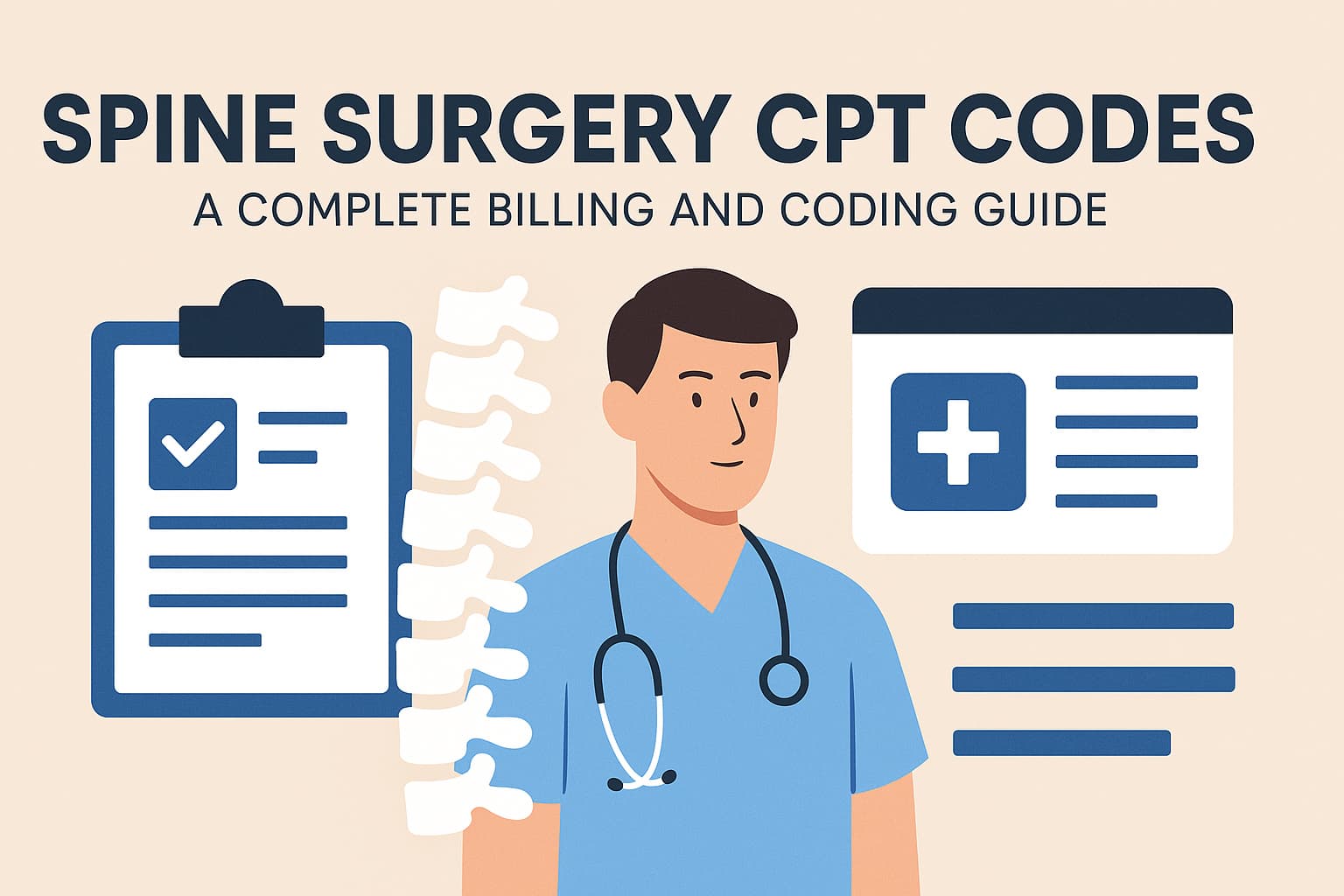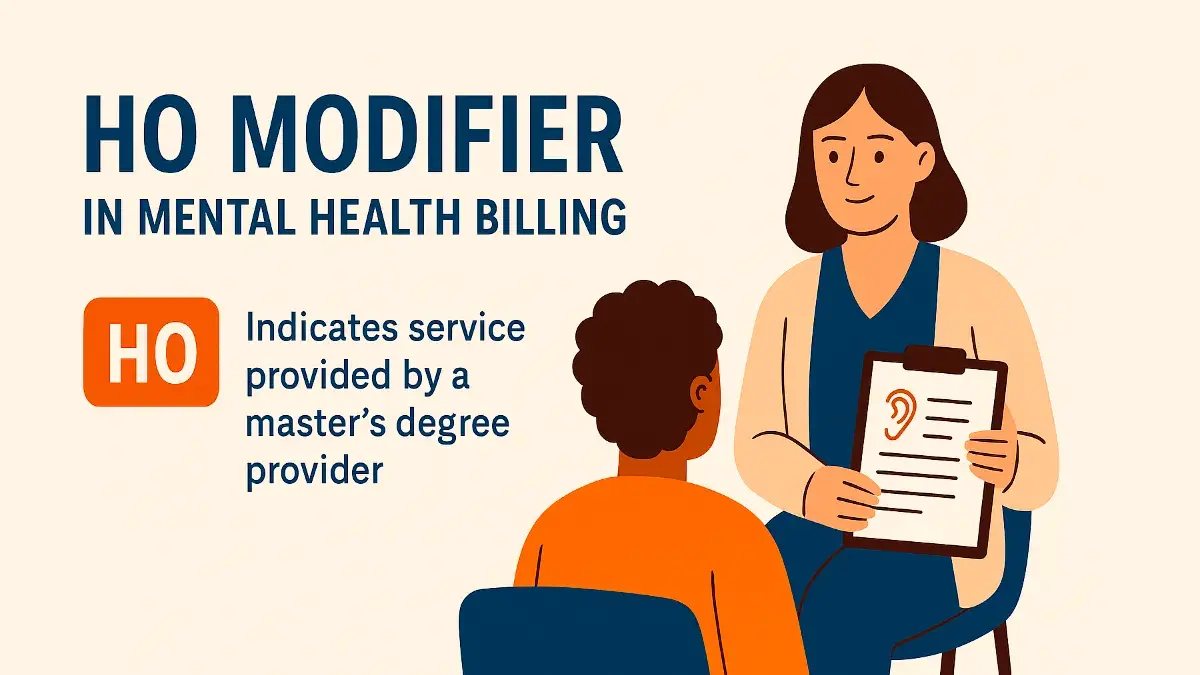Table of Contents
ToggleWhat is Pediatric Billing and Coding?
Pediatric billing and coding refer to the specialized process of documenting, assigning codes, and submitting claims for healthcare services provided to children, from newborns to young adults. Pediatric practices require coders and billers to work with age-specific CPT codes, growth-related diagnoses, and preventive services such as vaccinations and developmental screenings.
The purpose of this pediatric billing and coding guide is to help healthcare providers and medical billers understand the unique nuances involved in pediatric revenue cycle management. This includes coding visits accurately, reducing denials, and ensuring timely reimbursement.
Pediatric Age Groups and Their Coding Implications
Age plays a critical role in pediatric coding. Many CPT codes are tied directly to specific age groups. Incorrect age-related coding can result in automatic denials.
| Group | Age Range |
| Neonate | Birth to 28 Days |
| Post Neonate | 29 Days – <1 Year |
| Toddler | 1 – 3 Years |
| Preschool Child | 3 – 5 Years |
| School-aged Child | 6 – 9 Years |
| Adolescent | 10 – 18 Years |
Always verify that the patient’s age aligns with the preventive or developmental CPT code selected.

Recent Posts
- Spine Surgery CPT Codes: A Complete Billing and Coding Guide
- Guide to Health Modifiers: HO Modifier for Mental Health Billing
- What is Unbundling in Medical Billing and Medical Coding?
- ICD-10 Code and CPT Codes for Depression: A Mental Health Provider’s Billing Guide
- ICD-10 Code N39.0 for UTI: Urinary Tract Infection Coding When Site Is Not Specified
Whatever be the size of your pediatrics practice, outsourcing your billing and coding obligations to seasoned pediatrics billing service providers will help you reduce money and pump new vigor into your revenue cycle. We offer prior authorizations, claim submission, accounts receivable, denials management, and credentialing services. Our team of pediatrics billing specialists can help construct a leakage-free revenue cycle for your practice.
CPT Codes Commonly Used in Pediatric Billing and Coding
Below is a list of commonly used CPT codes in pediatric practices, divided by purpose:
Preventive Medicine Visits:
| Age Range | New Patient | Established Patient |
| <1 year | 99381 | 99391 |
| 1–4 years | 99382 | 99392 |
| 5–11 years | 99383 | 99393 |
| 12–17 years | 99384 | 99394 |
| 18+ years | 99385 | 99395 |
Evaluation and Management (E/M):
99202–99205: New office visits
99211–99215: Established office visits
Vaccine Administration:
90460: With counseling (first component)
+90461: Each additional component
90471–90474: Without counseling or for older patients
Examples of vaccines and codes:
90686: Quadrivalent flu vaccine
90744: Hepatitis B
90707: MMR (Measles, Mumps, Rubella)
91318: COVID-19 mRNA vaccine
Using this pediatric billing and coding guide, staff can reduce administrative errors and streamline the revenue cycle.
Importance of Documentation and Consent in Pediatric Coding
Accurate documentation is essential for proper reimbursement and legal compliance.
Key documentation elements include:
Chief complaint, HPI, and physical exam
Growth metrics (height, weight, head circumference)
Developmental milestones and screenings
Vaccination records with parent/guardian consent
Behavioral/emotional assessments (96127)
When billing for multiple services (e.g., preventive + acute care in the same visit), ensure the use of modifier 25 and document both encounters distinctly.
Most Common Pediatric Billing Errors (and How to Avoid Them)
Even small errors in pediatric billing can result in denials, delays, or underpayments. Below are the most frequent mistakes and how to address them effectively.
Age mismatch – Using a code that doesn’t align with patient’s DOB.
Missing modifier 25 – When two services are rendered but not separated.
Improper vaccine coding – Not distinguishing 90460 vs 90471.
Under-documentation – Failing to support the level of E/M chosen.
Lack of updated code references – Using outdated CPT or ICD-10 codes.
Each error can lead to denied claims or payment delays, making this pediatric billing and coding guide a vital tool for education and quality control.
Best Practices for Pediatric Billing and Coding in 2025
To stay compliant and financially efficient in 2025, pediatric practices must adopt proven billing strategies. The following best practices help minimize errors and improve reimbursement rates.
Use pediatric-specific EHR systems that automatically update CPT/ICD codes.
Conduct regular internal audits to identify coding inconsistencies.
Train billing teams on AAP and CMS updates, especially those impacting well-child visits.
Track denial trends and implement SOPs to avoid repeat issues.
Submit clean claims electronically to reduce reimbursement cycles.
Leveraging automation, including claim scrubbing tools and code-checkers, will be essential for accuracy. For a deeper dive into billing automation and coding accuracy, explore our full article on tips and tricks for billing and coding guide.
Staying Updated: Tools and Education Resources
Continuous learning is essential in pediatric billing and coding due to evolving regulations and codes. These trusted resources help teams stay current and accurate. Reliable resources include:
AAP Pediatric Coding Resources (coding publications and webinars)
AAPC Pediatric Special Interest Group
CMS pediatric preventive care guides
ICD-10-CM for Pediatrics – annual update
Also consider cheat sheets, printable CPT reference guides, and apps that store favorite or frequently used codes.
The Advantages of Our Pediatric Coding and Billing Services
Accurate pediatric billing requires more than basic code entry – it demands a deep understanding of age-specific care, vaccine schedules, modifiers, and payer nuances. At SwiftMDS, we work as an extension of your team to help streamline workflows and minimize billing errors.
We specialize in pediatric billing and coding services with a focus on eliminating revenue leakage, reducing denials, and improving turnaround times. Our experts manage every stage of the billing cycle – from insurance verification and coding to claim submission and payment posting – so your team can focus on patient care.
Our clients benefit from:
Consistent compliance with Medicaid and Medicare requirements, including state-specific rules
Dedicated cost-efficiency strategies that improve both clinical and operational outcomes
An average revenue increase of over 20% and a 15% reduction in denials through proactive process management
Whether you’re an independent pediatrician or a growing practice, SwiftMDS helps you build a cleaner, more efficient revenue cycle backed by proven pediatric billing experience. from the original article, as it contains relevant commercial and service-specific information that supports the guide while offering conversion opportunities.
Bringing It All Into Practice
In 2025, pediatric practices face increasing complexity in billing, documentation, and compliance. A structured approach to pediatric billing and coding – backed by accurate CPT usage, thorough documentation, and ongoing training – is essential.
This pediatric billing and coding guide empowers billing teams to reduce errors, increase reimbursements, and protect revenue streams while ensuring high-quality care for young patients.
Need support streamlining your pediatric billing operations? Reach out to SwiftMDS for expert help with coding accuracy, denials management, and full-cycle billing services.




